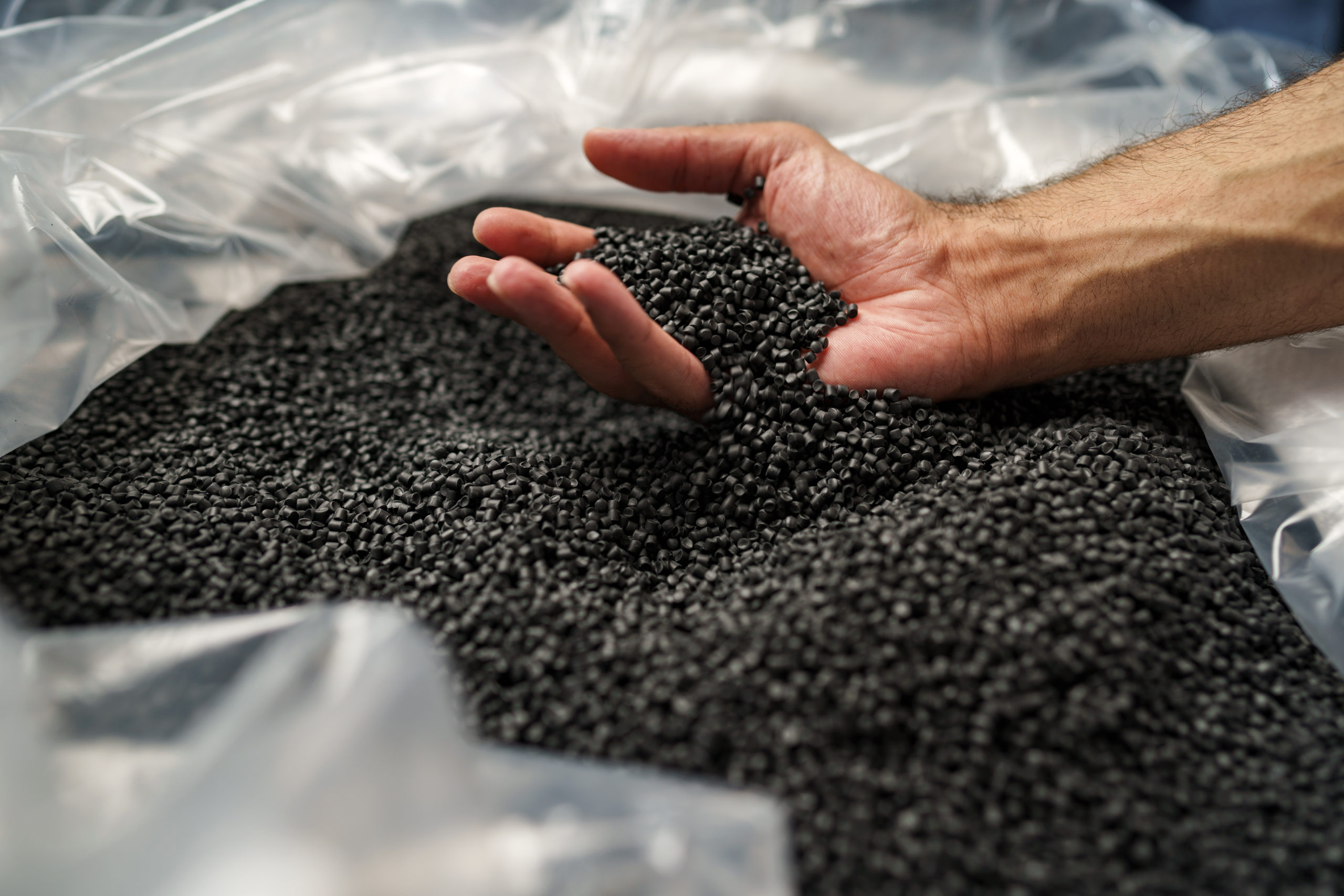In the field of sustainable construction, building insulation is an essential lever for reducing energy consumption and meeting environmental requirements. Thanks to their unique properties, plastics play a central role in the development of high-performance insulation solutions, both thermal and acoustic. Whether for foams, sealing elements, technical panels or insulation supports, these materials offer a wide range of applications for optimizing the energy efficiency of buildings.
Technical properties of plastics for insulation
- Excellent foamability:
- Polymers such as polyurethane (PU) and expanded polystyrene (EPS) are popular for their ability to be converted into rigid foams. These lightweight structures, with their very low thermal conductivity, act as effective barriers against heat loss.
- The density of these foams can be adjusted to meet specific needs in terms of rigidity or flexibility.
- Moisture resistance :
- Plastics, especially polyethylene (PE) foams, are naturally resistant to water and weather, ensuring their durability even in hostile environments.
- This limits the risk of moisture-related deterioration, such as mold, while ensuring consistent insulation over the long term.
- Acoustic insulation :
- Polymer foams, such as those based on polyurethane (PU) or elastomer , dampen vibrations and reduce noise pollution. This type of insulation is particularly well-suited for floors and internal partitions in buildings, or as reflective insulation.
- Adaptable and lightweight:
- Unlike traditional materials such as concrete or mineral wool, insulating plastics combine lightness and flexibility, making them easy to handle and install on site.
Key building applications
- Insulating panels for walls and roofs: sandwich panels incorporating PU or EPS foams are used to insulate roofs, walls and facades. Their ability to maintain an effective thermal barrier reduces heat loss in winter and minimizes the impact of summer temperatures.
- Waterproofing membranes and vapor control: plastics such as high-density polyethylene (HDPE) and polyvinyl chloride (PVC) are transformed into technical membranes and films. These products guarantee the watertightness of buildings while optimizing water vapor management.
- Underfloor insulation systems: technical foams for underfloor heating systems provide optimum insulation while ensuring compatibility with modern heating systems.
The role of foamability in insulation
The foamability of plastics, which enables the creation of internal structures with open or closed cells, is essential for maximizing their insulating efficiency.
- Closed cells: Ideal for thermal insulation, they effectively block heat transfer.
- Open cells: Offer superior sound absorption, making buildings quieter and more comfortable.
This transformation process also guarantees optimization of resources, using reduced material volumes while maintaining high performance.
Energy efficiency and sustainability
Insulating plastics contribute to the construction of energy-efficient buildings. According to studies, effective thermal insulation can reduce heating and cooling requirements by 30% to 50%, helping to significantly reduce the carbon footprint of homes and business premises.
In terms of sustainability, innovations such as insulation made from recycled plastics are gaining ground. These solutions are part of a sustainability approach that meets environmental standards and certifications such as :
- HQE (High Environmental Quality)
- RT 2020 (2020 thermal regulations)
- BREEAM (BRE Environmental Assessment Method)
Insulation is a cornerstone of sustainable construction, and plastics offer solutions that are high-performance, adaptable and in line with modern needs for energy efficiency and sustainability. Their foamability, lightness and resistance make them essential allies for energy-efficient, environmentally-friendly buildings.




Leave a Reply